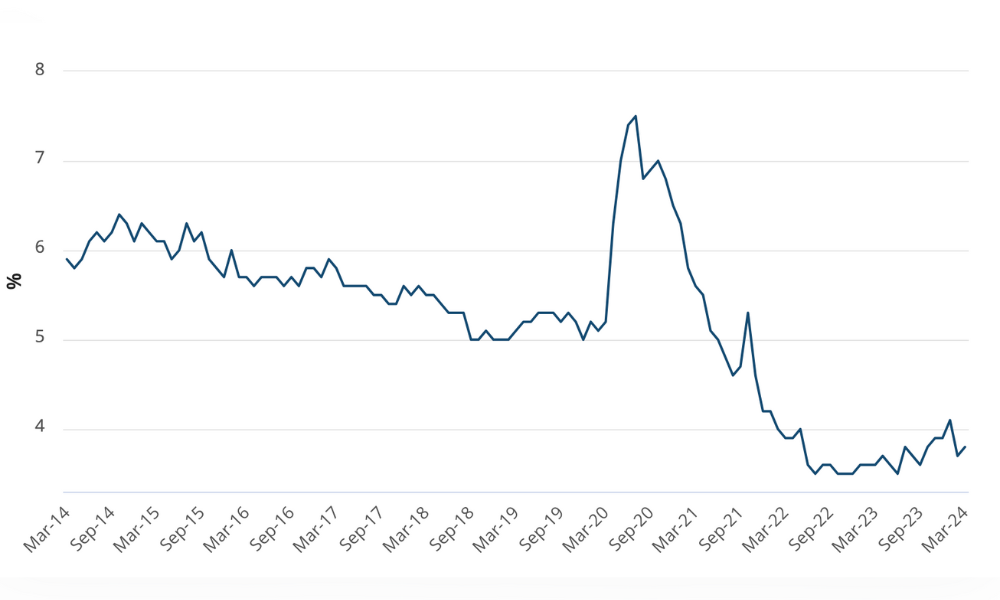Is “diversity” yet another buzzword being bandied about by large organisations trying to attract and recruit top employees? Or are diversity programs becoming a reality within today’s organisations and something which no company can survive without?
Is “diversity” yet another buzzword being bandied about by large organisations trying to attract and recruit top employees? Or are diversity programs becoming a reality within today’s organisations and something which no company can survive without?
Workplace diversity involves recognising the value of individual differences and managing them in the workplace. According to the Australian government, diversity in the workplace covers: gender, age, language, ethnicity, cultural background, sexual orientation, religious belief and family responsibilities. Diversity also refers to the other ways in which people are different, such as educational level, life experience, work experience, socio-economic background, personality and marital status.
It is becoming increasingly evident that companies in Australia are paying more attention to diversity issues, with many of the large companies such as AMP, IBM and NAB leading the way, according to Nareen Young, CEO of the Diversity Council of Australia.
“There’s a new generation of business leaders who represent ordinary Australia – our diverse Australia – who understand how our organisations need to look to flourish into the future and are taking active steps to enact diversity leadership and embed diversity practice,” says Young.
With the recent National Employment Standards introduced by the government, changes to employee conditions such as flexibility and parental leave make it a good time for employers to make the change, she says.
“We’re in a new legislative and policy environment, and, again, smart businesses will use the environment to embed diversity practice that brands them well,” she says.
“Public policy formulation and application seems finally to have caught up with community need and expectation and the leading corporates get this.”
Young outlines some of the most progressive moves made by a new and emergent group of diversity practitioners.
“I think that the smartest ‘diversity corporates’ have taken a leadership position in what Patrick Dodson calls the opportunity for an ‘Australian cultural renaissance’,” she says.
“These businesses are dealing with the Australian diversity fundamental of Aboriginality, are grasping the opportunities this ‘cultural renaissance’ represents and respecting and nurturing Aboriginal people and culture as employees and clients,” she says.
According to Robyn Parker of AON Consulting – which is sponsoring a new award for best workplace diversity strategy in this year’s Australian HR Awards – it is critical for companies today to recognise diversity as we see considerable changes in the make-up of the talent pool.
“It’s no longer [the case that] the traditional Anglo-Saxon male is our client, is our talent, is the regulator,”says Parker. “If we don’t work out how to tap into that and how to capitalise on it and how to engage with the people from that diversity of culture, race, creed, background and gender, then we’re going to become irrelevant,” she says.
However, many companies are still in doubt as to the commercial benefits of implementing a diversity program. According to Jessica Toop, solicitor of the Melbourne Employee Relations Group, there are three key benefits of having a diverse and inclusive workplace. “First, it is a method of addressing the risk of indirect discrimination occurring,” says Toop.
“This is because a diverse and inclusive workplace will set requirements after taking into account the differences between employees, and build in appropriate flexibilities.
“A diverse and inclusive workforce is also conducive to the sharing of views and ideas in order to find a solution that fits employees’ needs.”
Second, says Toop, is that by having a genuinely inclusive workplace, it will assist efforts to be an employer of choice, and thus makes it easier to compete for the best people in a tight labour market.
And third, she says, a diverse workforce can provide a competitive advantage when dealing with clients and customers. “This is because, in most cases, a business’s clients are themselves diverse.
“Hence, a diverse range of employees providing service to clients will be better able to relate to their clients and understand their expectations, delivering a better client experience.”
Why are diversity issues increasing in visibility recently?
Globalisation trends 49%
Increased presence of women and minorities in the workplace 30%
I do not see them increasing in visibility 16%
Is there significant competitive advantage for companies with diversity programs in place?
Somewhat 46%
Absolutely 39%
No 8%
Who should drive an organisation’s diversity efforts?
Executive leadership 68%
Board of directors 13%
HR department 11%
Source: Korn Ferry International








